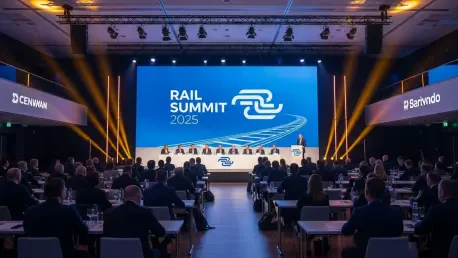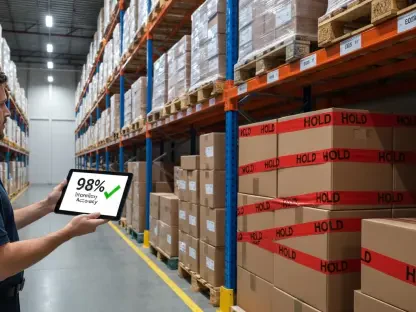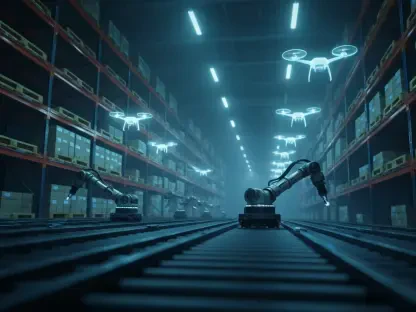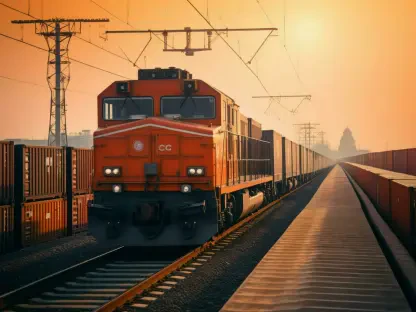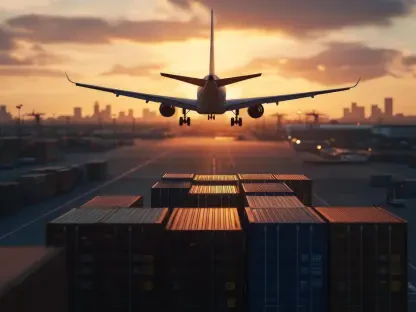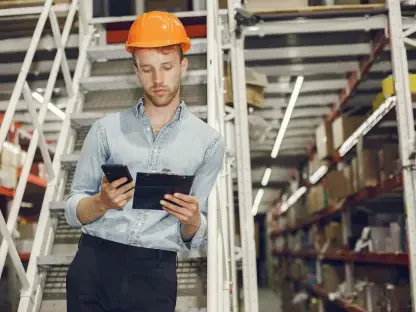Today, we’re thrilled to sit down with Rohit Laila, a seasoned veteran in the logistics industry with decades of experience in supply chain and delivery. Rohit’s passion for technology and innovation makes him the perfect person to dive into the pressing issues and exciting opportunities facing the commuter rail sector. With the 2025 Commuter Rail Summit happening soon in Washington, D.C., we’ll explore the event’s significance, legislative challenges, financial hurdles, ridership trends, and the role of emerging technologies like AI in shaping the future of this vital industry.
Can you share what the Commuter Rail Summit is all about and why its timing and location in Washington, D.C. from November 3 to 5 is so significant this year?
The Commuter Rail Summit, hosted by the Commuter Rail Coalition, is a key gathering for agency leaders, policymakers, and industry stakeholders to tackle the biggest challenges and opportunities in the sector. It’s a chance to brainstorm solutions, share innovations, and build connections. Holding it in D.C. this year, from November 3 to 5, is especially meaningful because it’s right at the heart of political decision-making. Being in the capital allows attendees to meet directly with elected officials and advocate for critical issues like funding and legislation. Plus, the timing aligns with ongoing discussions about federal transportation policies, making it a prime moment to influence change.
How does being in D.C. during the Summit help strengthen ties between commuter rail leaders and elected representatives?
Being in D.C. creates a unique opportunity for face-to-face engagement. Many attendees schedule meetings with their representatives on Capitol Hill during the Summit, which adds a personal touch to advocacy efforts. It’s one thing to send a letter or make a call, but sitting down with lawmakers to discuss the real-world impacts of policies—like funding shortages or regulatory hurdles—can be a game-changer. The Summit even includes workshops to help rail leaders refine their messaging for these interactions, ensuring they make a lasting impact.
There’s a bipartisan bill on the table about extending the time passenger railroads have to secure excess liability insurance. Can you explain why this issue matters so much to the industry?
Absolutely. Federal law requires passenger railroads to carry excess liability insurance, but the current 30-day window to secure it when the federal cap adjusts for inflation is just not feasible. Railroads need time to navigate complex underwriting processes, and failing to meet that deadline could force them to halt operations. This isn’t just a paperwork issue—it’s about keeping trains running and communities connected. Extending that window to 90 days, as the bill proposes, gives railroads a fighting chance to comply without risking service disruptions.
Beyond this bill, there’s talk of a permanent fix in the federal surface transportation reauthorization. What would that long-term solution look like for railroads?
The permanent fix being pushed by the Commuter Rail Coalition involves adjusting how often the insurance cap is recalculated—from every five years to every four—and giving railroads a full year, 365 days, to implement the changes. This would align the process with their regular annual renewals, so they’re not stuck doing a second round of underwriting under tight deadlines. It’s a practical solution that reduces stress on the system and ensures continuity of service, which is ultimately what matters most to riders and agencies alike.
Many commuter rail agencies are grappling with what’s been called ‘fiscal cliffs.’ Can you paint a picture of what these financial struggles look like across the country?
These fiscal cliffs are essentially budget shortfalls so severe that they threaten to derail entire networks. Agencies in places like Chicago, Philadelphia, San Francisco, and Florida are hit hard, often because federal emergency funding from the pandemic era has dried up while ridership hasn’t fully recovered to pre-COVID levels in some areas. This means less fare revenue, combined with rising operational costs due to inflation and supply chain issues. Some agencies are staring down the barrel of service cuts, layoffs, or even shutting down key routes if they can’t find new funding sources or creative ways to bridge the gap.
Ridership is on the rise nationwide, which seems like a bright spot. What’s fueling this surge, and how are agencies adapting to the increased demand?
The ridership surge is exciting and largely driven by a return to in-person work, growing urban populations, and a push for sustainable transportation options as people rethink car dependency. Agencies are responding by ramping up service frequency where they can, investing in fleet upgrades, and improving rider experience through better scheduling and digital tools. However, the challenge is balancing this growth with those fiscal constraints I mentioned. It’s a tightrope walk—more riders mean more revenue, but also more strain on infrastructure and budgets if funding doesn’t keep pace.
Let’s talk about technology, specifically Artificial Intelligence, which is a focus at the Summit. How do you see AI shaping the future of commuter rail operations?
AI has incredible potential to transform commuter rail, from optimizing schedules and predicting maintenance needs to enhancing safety and personalizing rider experiences. For instance, AI can analyze massive amounts of data to predict delays before they happen or identify equipment issues before they become breakdowns. At the Summit, there’s a session diving into real-world applications already in use at some agencies, as well as the behavioral science behind adopting this tech. The flip side is ensuring it’s implemented thoughtfully—there’s a learning curve, and agencies need to avoid over-relying on tech without human oversight. It’s about finding the right balance.
What’s your forecast for the commuter rail industry over the next few years, especially with events like the Summit driving collaboration and innovation?
I’m cautiously optimistic about the future of commuter rail. The ridership surge signals strong demand, and events like the Summit are crucial for fostering collaboration and pushing for supportive policies. Over the next few years, I expect we’ll see more investment in electrification and technology to make systems greener and more efficient. However, the financial challenges won’t disappear overnight, so agencies will need to get creative with funding—whether through public-private partnerships or new revenue streams. If lawmakers and industry leaders can align on long-term solutions, like fixing the insurance issue and securing stable funding, commuter rail could become an even more vital lifeline for communities across the country.
